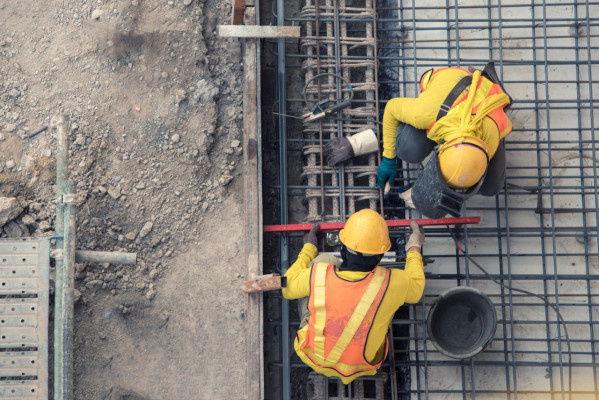Building on the foundations of a great partnership with BSP
Standards have been a key tool for compliance with the Building Code for many years, and now the building regulator Building Performance have committed to a further programme of work for the coming years.

Building Performance and Standards New Zealand both have a strong interest in developing and using standards to “Grow Aotearoa New Zealand for all.”
The renewed commitment detailed in a partnership agreement sets out the respective roles and responsibilities for Standards New Zealand and Building Performance. Working together we will coordinate the provision of standards for compliance and direction-setting for the building system.
Standards New Zealand’s independent, representative and consensus-based approach ensures standards solutions – whether they be New Zealand, adopted international, joint Australian/New Zealand standards, or technical specifications, publicly accessible specifications or handbooks - are practical, relevant, technically accurate and widely recognised and supported.
Building Performance, the Building Regulator, is a branch within the Ministry of Business, Innovation and Employment that is responsible for maintaining and reviewing many of the regulatory functions within the Building Code including policy advice and compliance documents. Standards New Zealand works with Building Performance to develop the supporting tools for those working within the building system to create and maintain safe, healthy, durable, accessible and energy efficient buildings now and for the future. Incorporating a diverse range of perspectives and interests of all those who use and are invested in the development of our lived and worked in spaces, means standards work for everyone.
Over recent years Building Performance has contributed towards or commissioned revisions and improvements to standards for materials, windows, lighting, insulation and energy efficiency, concrete, steel structures, timber structures, fire safety, accessibility, plumbing, piping, and drainage, engineered fill and earth buildings.
In terms of outcomes, the partnership agreement will see us jointly develop a 5-year work programme for certain key standards that are reviewed and updated annually. It will also provide support with membership of joint and international committees so that New Zealand building Standards do not fall behind standard of those in other countries and there remains interoperability across supply chains and market access.
Continued access sponsorship
Building Performance will continue the sponsorship that ensures standards used as tools for compliance with the Building Code are readily accessible to those who need to them. Currently, this sponsorship sees 131 standards available to download directly from our website, with New Zealand being one of few countries in the world to provide (pre-paid by BSP) sponsored access for industry to relevant standards for the sector to support them achieving good building outcomes.
This initiative fits within Standards New Zealand’s strategy of working with regulators and industry to get more standards pre-funded (sponsored), as well as enabling better access to standards that make a difference to the wellbeing of New Zealanders. As a regulator of the building system, MBIE wants to reduce barriers that prevent people from ‘doing the right thing’ within the New Zealand building system.
Sponsored building-related standards
Our shared heritage
Standards New Zealand and Building Performance have a long and intertwined history, heavily influenced by the 1931 Napier Earthquake. Subsequently, guidelines were developed by a Buildings Regulations Committee to ensure new buildings were safer. The then New Zealand Standards Institute made these guidelines into model building bylaws that were adopted by local authorities. By the 1970s, it was the standards organisations that recognised that making standardised technical specifications into direct legal commands led to both confusion and conflict. Their solution of legislating by reference to independent technical specifications became the 1991 Building Act, the Building Code, the acceptable solutions and verification methods, and the large body of cited standards that we have a shared responsibility to maintain and develop, to support a well-functioned building regulatory system.
The partnership agreement has been summarised in a one-page summary document.
Building regulator and SNZ partnership agreement one page summary [PDF, 330 KB]
